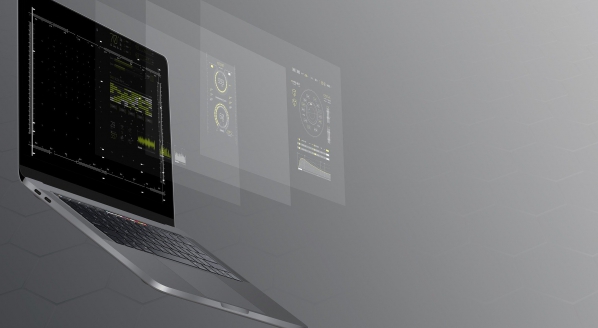[ad_1]
Andrea Lodolo, CEO of Seably, discusses the use of content creators with digital training platforms…
Seably is a Swedish digital training platform for the maritime industry, owned by the Swedish Shipping Association, with Andrea Lodolo announced as new CEO in 2021. SuperyachtNews speaks exclusively to Lodolo about whether the maritime industry is up to the digital revolution and what Seably can now present to the superyacht training industry.
“The global pandemic has shown the maritime industry that remote operations are the way to go. We believe Seably is the premier marine digital marketplace that brings together educational content and skills from sailors, educators, industry specialists, insurers, surveyors and many other related service providers. We aim to offer anyone associated with the maritime sector the opportunity to learn at their own pace and with easy access, via a laptop, tablet or even a smartphone.
A key differentiator for Lodolo is that the Seably system allows a superyacht or management company to build their own vessel and a training course specific to their operational profile. “We have developed a software platform that allows any superyacht or management company to create their own training in a cloud system and then assign the training to the crew, who can attend it remotely. A superyacht can build its own course on anything from a code of conduct, to getting familiar with the ship, to dealing with customers and owners.
Although digital training solutions are offered in many sectors of the marine industry for non-STCW courses, they are often not taken as seriously as classroom training, and due to a lack of accountability on some. , shortcuts can be taken. The busy schedules of crews and yachts do not always meet the demands of true retention of an online course, despite its theoretical importance. It is not a trade secret that if copy and paste is an option for a course, it is often the route taken. In recognition of this, Lodolo highlights Seably’s steps to help ensure adoption and avoid potentially harmful legal exposure. “The system also uses facial recognition technology so the management company knows who is taking the training. This is particularly relevant for port state control, as there is legal validity even for non-regulatory training, such as vessel familiarization, for example. “
“In the past, a management company had to create and deliver its own training through brute force. In the case of our system, we have a dynamic training platform which is constantly being updated. said Lodolo.
The dissemination of information is unrecognizable today when compared to the pre-Internet era. Educational and higher education institutions are lagging behind in many ways, with maritime training perhaps even more limited by flag state controls. If you want to quickly learn a task of medium complexity, YouTube is often the first port of call, not the library or a textbook. The term “content providers†is closely associated with the digital age of information dissemination; this is also how Lodolo defines how third party contributors are encouraged to share their knowledge with Seably, and hopefully, the industry at large. “We have a series of content providers, many of whom are former speakers and people with extensive experience at sea, who have joined the platform and who contribute to the platform’s courses. In turn, they earn money under the shared economy, where we share the license revenues with the content provider. “
There is a similarity between a commercial oil tanker and a large superyacht for standards such as the Code of Safe Working Practices (COSWP); However, as Lodolo explains, Lodolo and Seably hope to provide an additional layer of ship-specific training to improve safety standards on board. “Using a wide variety of content providers, we can create one-to-one lessons. For example, although entry into a confined space, according to the COSWP, is theoretically the same for all ships in terms of threat to life, many superyachts have their own specific considerations. We have a tool that allows each training to be specific to the ship, and we want to present the training with the required professionalism. As Lodolo continues, he also sees a missed opportunity through the loss of experience as the crew move between ships:
“There is a lot of knowledge embedded in the superyacht industry. There has been an attitude in the past; that what happens at sea stays at sea, but we believe it is time to bring back as much experience as possible and share it as much as possible.
Asked about the level of lessons that Seably aims to provide, Lodolo is measured. “The training courses are non-STCW at this point. The superyacht industry has a huge amount of non-regulatory courses. We are working very hard with many players in the superyacht industry to integrate content and at the Monaco Yacht Show we will be presenting it to the public.
Click here to become part of The Superyacht Group community and join us in our mission to make this industry accessible to all and prosperous for the long term. We offer access to the superyacht industry’s most comprehensive and oldest archive of critical information, as well as a comprehensive, real-time database of the superyacht fleet, for just £ 10 per month because we are an industry with a mission. Register here.
[ad_2]

